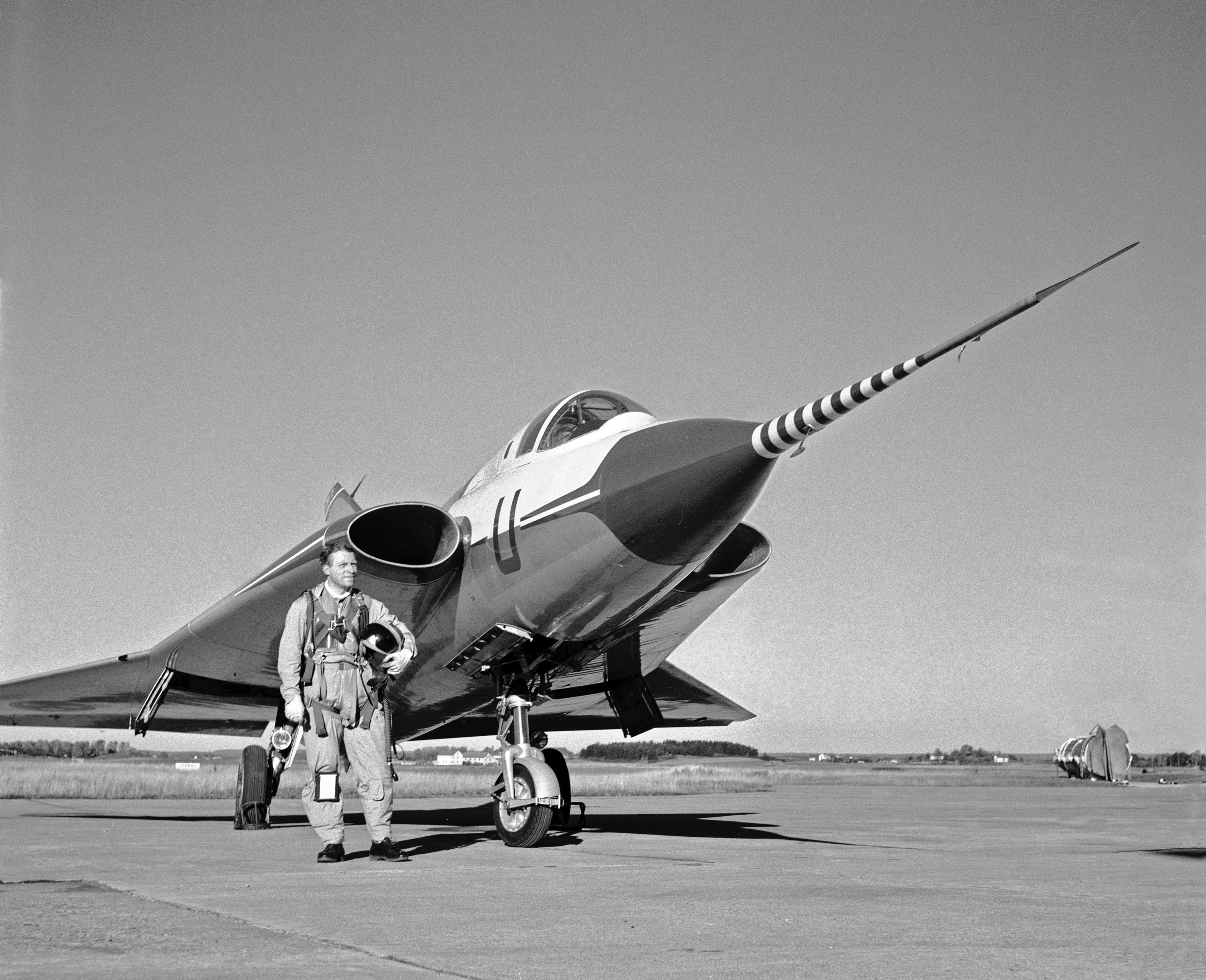

Results produced by these test flights led to an order for three full-size Draken prototypes. Ī sub-scale test aircraft constructed in Sweden, the Saab 210, unofficially nicknamed "Lilldraken" (the little dragon), comprised a test of the double delta wing, and performed its first flight on 21 January 1952. However, this wing configuration was new and untested, so SAAB's design staff, headed by aircraft engineer Erik Bratt, and a team of more than 500 technicians, constructed a small test aircraft to explore the behaviour of the new wing. The optimum solution was thought to be a double delta wing. However, to obtain an aerodynamically desirable location, the forward fuselage needed to be extended, making the aircraft too heavy. Preliminary studies found that the majority of critical issues posed by these requirements could be met with a delta wing configuration.

SAAB commenced work on producing an aircraft to meet these requirements. The aircraft also needed to be refueled and rearmed in no more than ten minutes by conscripts with minimal training. Although other interceptors like the US Air Force's F-104 Starfighter were being conceived at the time, this fighter would have to undertake a role unique to Sweden the ability to operate from reinforced public roads, which were to be used as part of wartime airbases. It had to be flown by a single pilot, yet be capable of conducting combat operations under all weather conditions, night or day, while operating out of relatively austere airstrips, carrying all equipment needed to neutralize modern jet bombers. The original requirement specified a top speed of Mach 1.4 to 1.5, but this was revised upwards in 1956 to Mach 1.7 to 1.8 and then again in 1959 to Mach 2.0. During September 1949, the Swedish Air Force, via the Swedish Defence Materiel Administration, released its recently formulated requirement for a cutting-edge interceptor aircraft that was envisioned to be capable of attacking hostile bomber aircraft in the transonic speed range. Īs jet fighter technology developed after World War II, Sweden foresaw a need for a supersonic fighter that could intercept bombers at high altitude as well as engage other fighters.

Saab 35B prototype landing after reaching Mach 2 for the first time on January 14, 1960. Danish aircraft have been exported, post-service, to the United States where they have seen use as training aircraft for test pilots. The type was also exported to the air forces of Austria, Denmark and Finland. As a consequence of cutbacks and high maintenance costs, the SAF opted to retire the Draken during December 1999. By the 1980s, the SAF's Drakens had largely been replaced by the more advanced Saab 37 Viggen fighter, while the introduction of the more capable Saab JAS 39 Gripen fighter was expected in service within a decade, although delayed. In Swedish service, it underwent several upgrades, the ultimate of these being the J 35J model. Even though the type was designed and intended as an interceptor, it was considered to be a very capable dogfighter for the era. The Draken functioned as an effective supersonic fighter aircraft of the Cold War period. It was also one of the first Western- European-built aircraft to exceed Mach 2 in level flight, reaching it on 14 January 1960. The unconventional wing design also had the side effect of making it the first known aircraft to be capable of and perform the Cobra maneuver. Designwise it was one of, if not the first, combat aircraft designed with double delta wings, being drawn up by early 1950. It was the first Western European-built combat aircraft with true supersonic capability to enter service and the first fully supersonic aircraft to be deployed in Western Europe. The Saab 35 Draken is known for, among other things, its many "firsts" within aviation. It received the designation Flygplan 35 (Fpl 35 'Aeroplane 35') and was produced in several variants and types, most commonly as a fighter type with the prefix J (J 35), standing for Jaktflygplan (Pursuit-aircraft), the Swedish term for fighter aircraft. The full-scale production version entered service with frontline squadrons of the Swedish Air Force on 8 March 1960. It featured an innovative but unproven double delta wing, which led to the creation of a sub-scale test aircraft, the Saab 210, which was produced and flown to test this previously-unexplored aerodynamic feature. Development of the Saab 35 Draken started in 1948 as the Swedish air force future replacement for the then also in development Saab 29 Tunnan dayfighter and Saab 32B Lansen night fighter. The Saab 35 Draken ( IPA: 'The Kite' or 'The Dragon') is a Swedish fighter-interceptor developed and manufactured by Svenska Aeroplan Aktiebolaget ( SAAB) between 19.


 0 kommentar(er)
0 kommentar(er)
